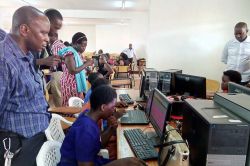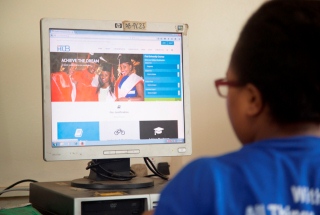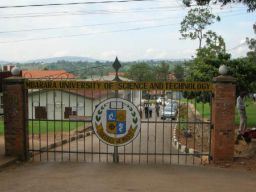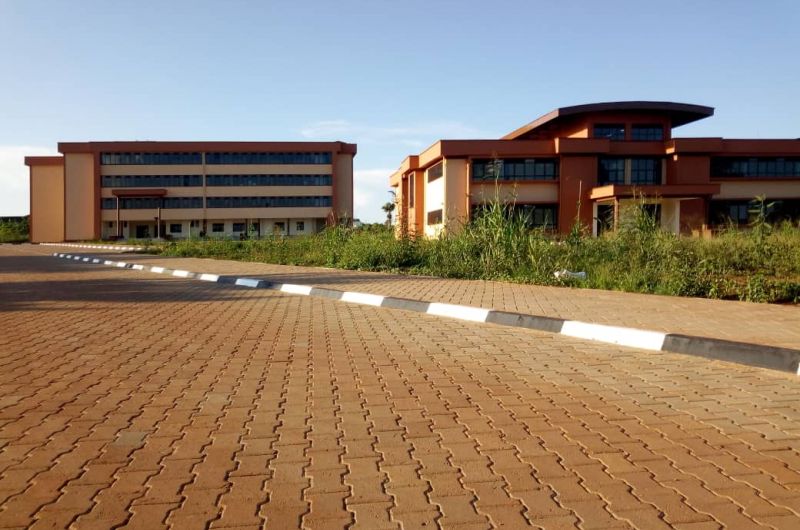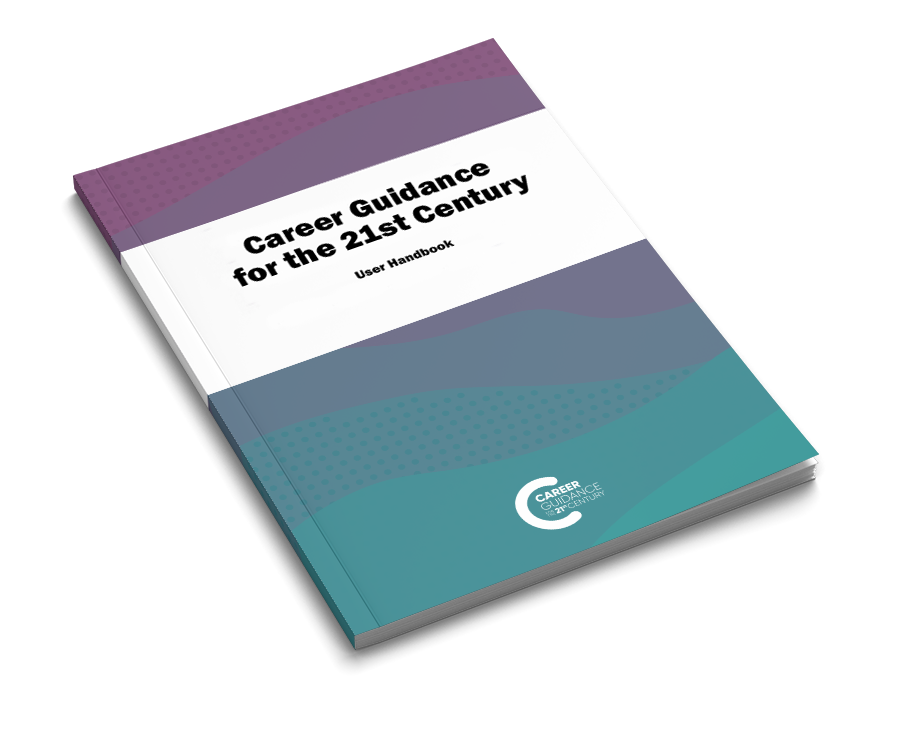Breaking News
- Flexible Remote Work Opportunity for University Students: Earn $100–$250 Per Month ...Read More
- Ministry of Education and Sports Azerbaijan Government Scholarships For 2025-2026 Academic Year ...Read More
- Government Sponsorship Undergraduate Admission Lists 2025-26 for Makerere University ...Read More
- Ministry of Education And Sports: Egyptian Government Scholarships 2025-2026 Academic Year ...Read More
- Ground Breaker Full Scholarship for girls to study Software Engineering 2025 July Intake ...Read More
- Tony Elumelu Foundation Entrepreneurship Programme (TEEP) 2025 for young African Entrepreneurs ...Read More
- DESIGNING FUTURES 2050 International Design Competition 2025 (€15,000 prize) ...Read More
- Ground Breaker Full time Scholarship for girls to study Software Engineering 2025 Intake ...Read More
- Ministry of Education And Sports Algerian Vocational Training Scholarships for 2024-2025 AY ...Read More
- Ministry of Education and Sports Advert for the Algerian Government Scholarships for 2024-2025 ...Read More
Meet first Ugandan pharmacist to hold patent
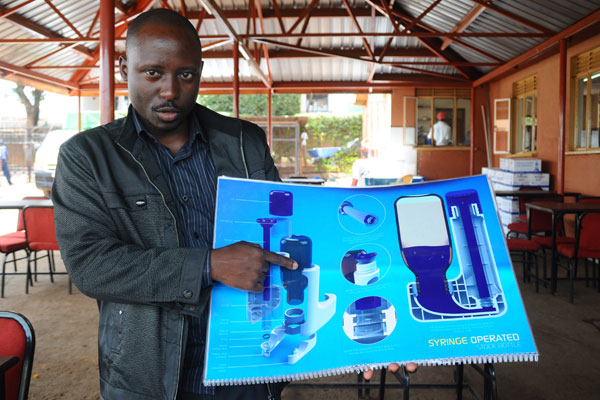
Despite the hardships of Uganda being among the least developed countries, many innovators in Uganda are taking great strides on the world scene and Phillip Mukoza Mpaata, a pharmacist is proud to be one of them.
His drug dosing device for liquid medicines was early this year patented in the UK. The patent for Syringe Operated System (SYROPS) was granted by the UK patent office on January 26, 2016 with subsequent publication in the UK Patents Journal on February 24, 2016.
The device is a new concept for a smart dosing system which is an advancement from conventional dosing which is primarily done using syringes and spoons.
The patent is the first of its kind to be awarded to any Ugandan pharmacist.
What makes it unique?
According to Mpaata, his invention features a closure system and dispensing device all in one system.
“Current children dosing systems, especially oral syringes and clic-loc closures do not feature a child safety or resistance feature in a single incorporated design, neither do they feature a child safety/resistance mechanism to keep both the syringe and the clic-loc intact as a single unit on the device,” he says. This is a breakthrough since the traditional syringe was invented in the 1950s.
It is also the first dosing technology to feature and propose the integration of ISO standards for child resistance and Class 1 medical device design.
Starting out
According to Mpaata, he invented the device in 2010. At that time he had just finished his internship with Lloyds Pharmacy. At the time, he was alternating in paediatric clinics where the need for mothers and baby caregivers to have a convenient way of measuring and administering medicines was indeed evident and essential.
“I have worked on the invention for more than five years now, actually this is my sixth year (2016). Currently, the Pharmaceutical Society of Uganda (PSU) is exploring ways of partnering with me to advance the invention as well as commercialise it,” he says.
He adds that the commercialisation aspect will be first initiated by PSU securing a reasonable budget to manufacture a prototype to demonstrate the concept with all features as described above. This then can be proposed and demonstrated to stakeholders such as Ministry of Health, local pharmaceutical companies/industries, private investors and the military.
Asked how the military is connected to the pharmaceutical inventions, Mpaata says his formulation can be useful because of its auto injector in dispensing medication especially in warzones.
“The idea can also make an excellent military device for administering emergency medicines to injured soldiers in war zones and special operations while at the same time helping to identify their position in real time to enable rescue.”
“As a medical device, it can also be used as a military spy device. This has to be redesigned with special sensor chips/RFID (Radio Frequency Identification) which upon being triggered by a dispensation mechanism will send signals to a military command centre or directly to receiver computer/mobile systems in an army hospital or military establishment monitoring the soldiers.”
Besides that, it has a variety of military functions conducive on the battle front. However, this device can be used in homes and medical facilities.
Expenses
In the six years that Mpaata has spent working on the prototype, he has spent about Shs15m (£4,000). To ensure that the work is complete, PSU has agreed to fund the rest of the process. So far, the device has received a nod from the Intellectual Property Office (IPO). He says it is an exciting venture that has so many possibilities.
The invention has gone through various consultations with major design consultancies like Design Network North UK, Pera Technologies Ltd and 3D Design Ltd (Newcastle).
Source * monitor.co.ug
Top Courses Currently Admitting
-
Certificate in Beadwork
Nkumba University
-
Vocational Diploma Automobile Engineering ( VDAE)
Nakawa Vocational Training College
-
Bachelor of Vocational Studies in Technological Studies
Kyambogo University
-
Bachelor of Engineering in Chemical Engineering
Ndejje University
-
Bachelor of Science in Software Engineering
International University of East Africa















